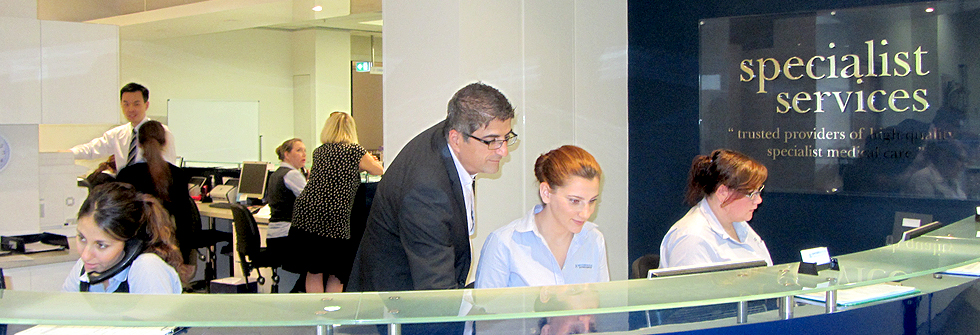If Proctogesic fails to keep the anus from getting into spasms or you are having side effects of the Rectogesicthen an anal fissure surgical procedure may be required. This is used to cut into the internal sphincter muscle. This is a muscle that is needed to help with closing the anus. It will be used to protect the anus to make it easier to manage.
The fissure that is to be treated in this process may be found at the front part of the anus but it is typically found in the back. This fissure will cause an open sore around the opening of the anus. This can cause spasms and as a result substantial pains in the area. These pains will become worse over time and can be hard to deal with while using the bathroom. The pain can linger well after a bowl movement is complete.
The muscles have to relax in order to get the fissure to heal. The internal part of the anal sphincter will particularly struggle with pain. It may be especially hard to keep a bowel movement going when spasms occur, thus making it especially painful when such a movement does actually take place.
Anal fissure surgery is needed to keep this problem from being worse than it already is. This is especially needed for fissures that have been around for at least six weeks. While fissures can heal on their own in a few weeks, chronic or acute fissures may last even longer and may require surgery.
This procedure is particularly useful for people of all ages. While anal fissures typically occur in those who are 15 to 40 years of age, the procedure should still work for anyone.
A cut into the internal anal sphincter should help to keep spasms from occurring. It will create less of a need to strain and therefore less pain when using the bathroom. It also makes it easier for the fissure to heal on its own.
Dr El-Khoury will discuss the operation detailing the indications, the risks and the benefits of the surgery and will also supplement his discussions with the Royal Australasian College of Surgeons information on the surgery.



